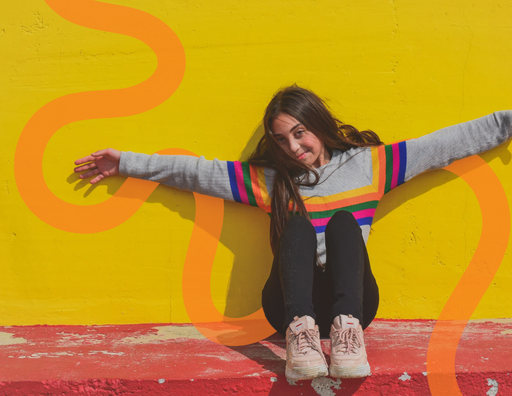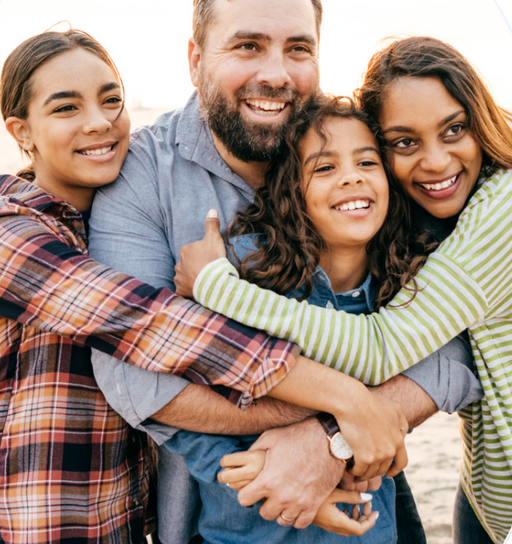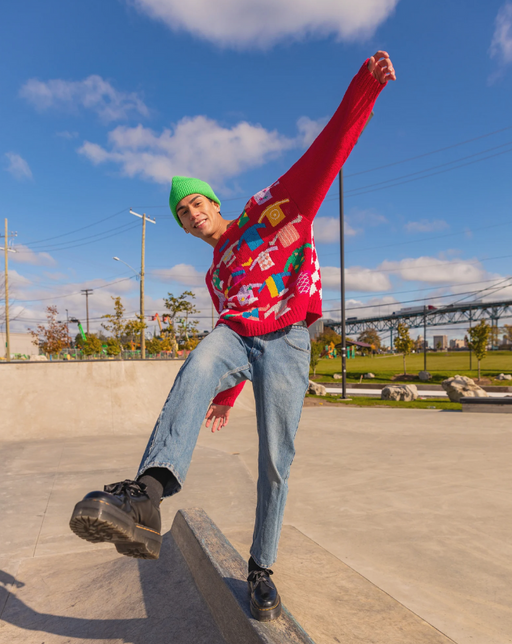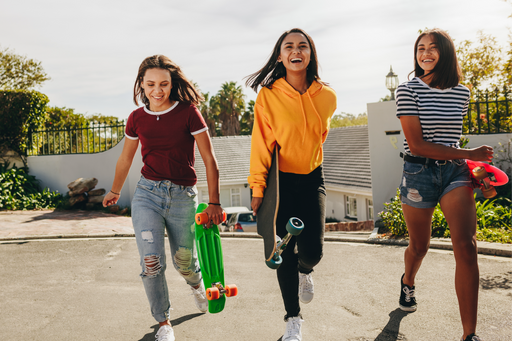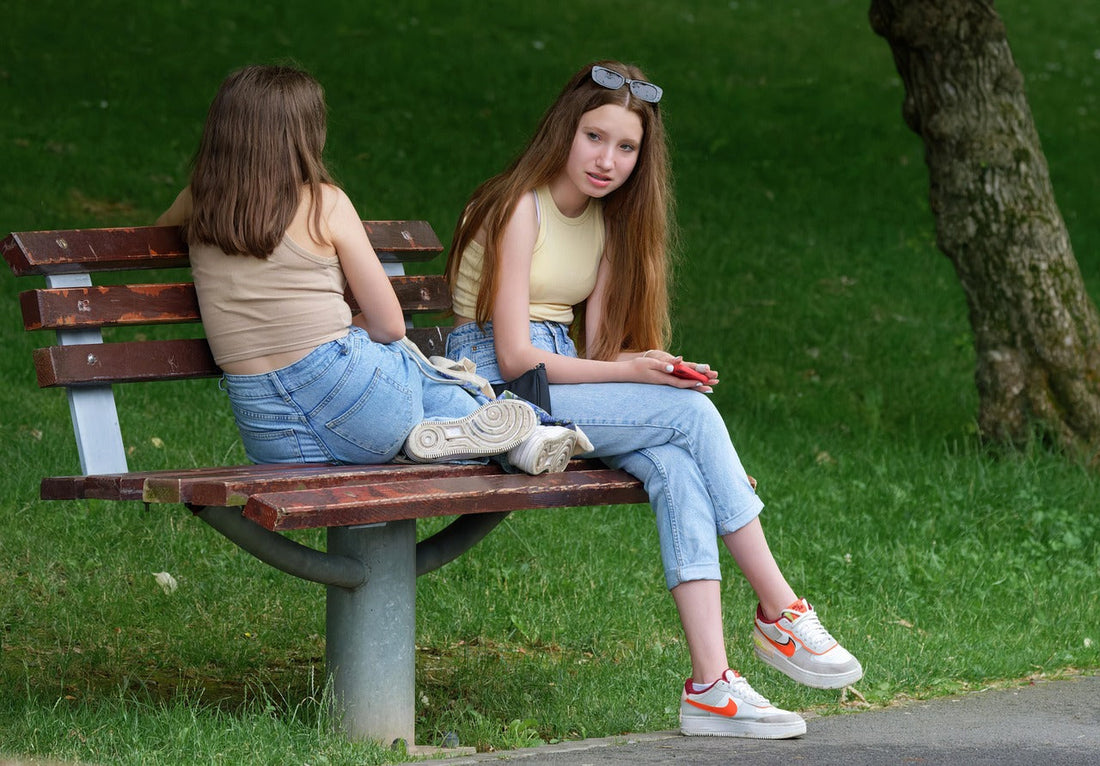
Why Are Teens Microdosing Mushrooms?
Daniel PattersonMicrodosing — taking tiny amounts of psychedelic substances like psilocybin — has become a trendy “mental clarity” hack, and teens are taking notice. Influencers, podcasts, and Reddit threads frame microdosing as a natural path to focus, creativity, or anxiety relief. But for teens, this trend brings real risks.
Microdosing usually involves taking about 1/10th of a hallucinogenic dose — too little to trip, but enough to alter mood or perception. The problem? There’s no regulation, no medical oversight, and big unknowns for growing brains.
Signs your teen might be experimenting:
-
Capsules or powders labeled “micro” or “stack”
-
New routines with references to “protocols” or “dosing days”
-
Mood instability or emotional detachment
-
Claiming it helps with stress, energy, or sleep
What parents can do:
-
Approach the topic gently: “Have you heard about microdosing? What do you think about it?”
-
Validate their stress, but offer safe coping alternatives — sleep, therapy, unplugged time.
-
Learn the language — knowing what “stacking” means helps you stay in the loop.
-
Watch for online influences — many teens mimic content from creators they admire.
-
Don’t assume intent to “get high” — many are genuinely seeking mental clarity.
-
If substance use is confirmed, focus on safety, education, and emotional health.
What gives hope: Teens who explore microdosing are often searching for stability or self-improvement. With curiosity and compassion, parents can meet them where they are and redirect that desire toward healthier, lasting solutions.
References:
“Psilocybin has unpredictable effects on developing brains and may increase anxiety or psychosis.” — National Institute on Drug Abuse (NIDA), 2023 NIDA – Psychedelics and Youth
“Microdosing is not clinically proven and may create dependency in vulnerable populations.” — Journal of Psychopharmacology, 2022 Study – Microdosing Risks








